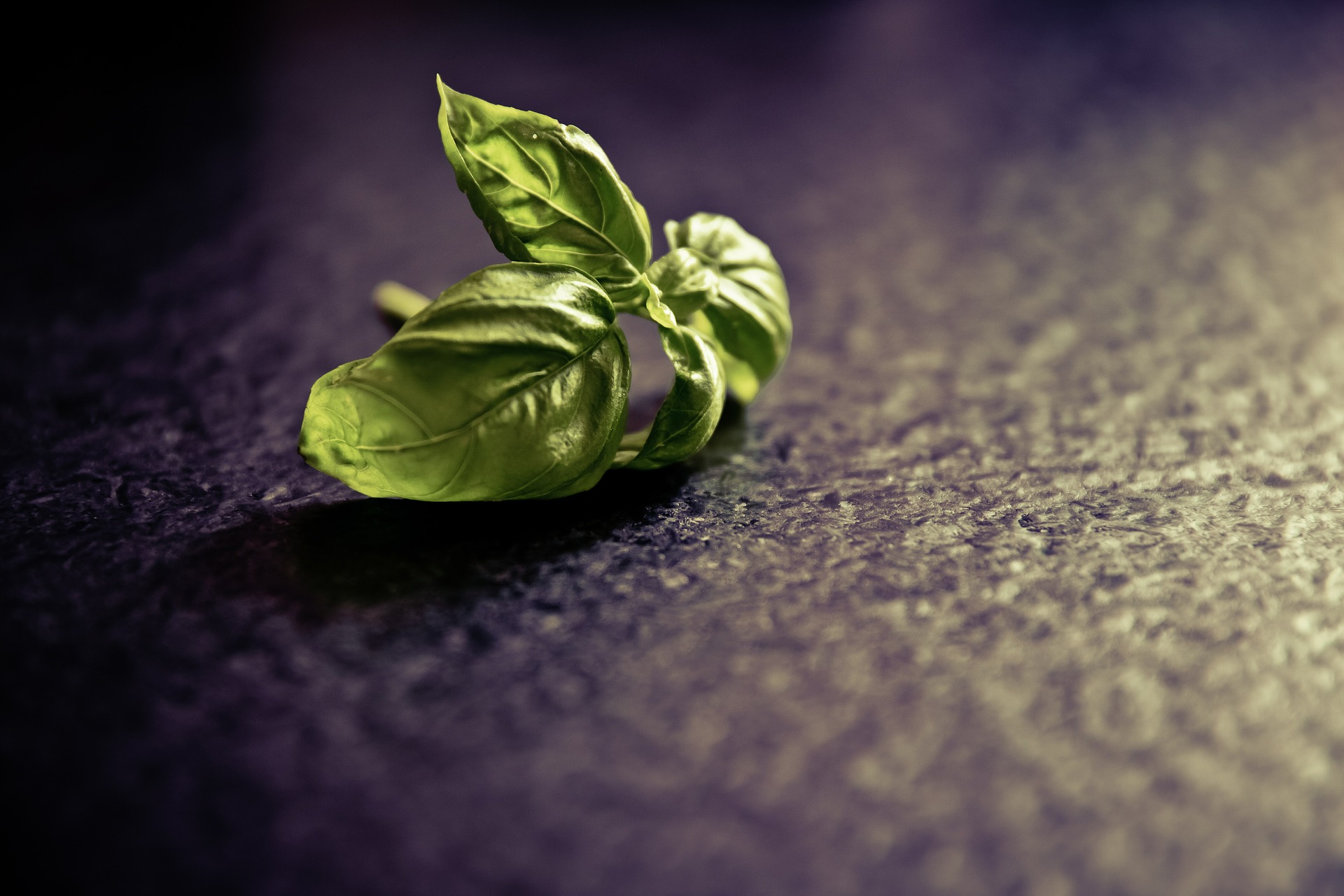
Cooking with fresh herbs can take the flavor of your favorite recipes to the next level. However, buying fresh herbs at the grocery store can get expensive and keeping them fresh can be a challenge. The good news is that certain types of herbs grow well indoors, so you can set up your own little herb garden in your kitchen.
Starting an Indoor Herb Garden

Image via Unsplash by fukayamamo
If you have ever wondered, how do you start an herb garden, you are certainly not alone. Many people want access to fresh herbs and the benefits they bring, especially in cooking. Adding fresh herbs in your recipes can add flavor and spice to various dishes without adding excess sodium or artificial ingredients.
The first step in planting a herb garden is deciding which herbs you want to grow. Some of the most popular herbs to grow indoors include basil, oregano, chives, rosemary, thyme, cilantro, and parsley. If you are not sure of what to choose, browse through your favorite cookbook to see what herbs are commonly used.
Choose a Spot
The next step is choosing a place to grow your herbs. These plants need sunlight for at least six hours per day, so you can place them on the sill of a window that gets plenty of natural light. A corner sill with two windows is even better, especially when the two windows face west and south, as your plants will get more light as the sun moves in the sky. Herb plants do well in typical indoor temperatures, often between 65- and 70-degrees Fahrenheit.
If you do not have a great place to put the herb garden due to a lack of natural light, you can invest in high-intensity discharge (HID) or fluorescent light bulbs to place over the plants. As long as they get some sunlight and plenty of artificial light, they should grow. Since the temperature near windows can drop after the sun goes down, try to avoid allowing the plants to touch the glass. If the glass is cold, it can impact the health of the plant.
Get Your Setup
Pick up some pots, good-quality soil, and seeds or plants and set up your garden. Most herbs need pots that measure about a foot in diameter, although mint can spread out and take up a lot of space, so it needs a pot that is 16 inches wide. Rosemary and thyme are some of the hardest plants to germinate, so gardeners often recommend picking up seedlings instead of seeds for these plants.
You can also grow certain herb plants in a water-based system, also called a hydroponic setup. Nutrients and moisture get delivered directly to the roots, while the grow light included in most hydroponic kits will provide the light needed.
As your plants grow, you can clip the herbs and use them right away or dry them for future use. If the herb plants start to take over the kitchen, you can always prune them back or move them outdoors, if you have the space in an outdoor garden for them.
